by Ineke De Brouwer
We have a wonderful guest blogpost from Ineke de Brouwer to share with you this time, a follow on from the amazing article she wrote about one of her creative weavings for Issue 11 of tinyStudio magazine. The article featured the shawl that Ineke made, inspired by stories and places that have influenced her, and we wanted to share the background in more depth than we could fit into the magazine! Biggest thanks to Ineke for sharing these wonderful insights with us and highlighting the ways we can integrate inspiration into projects.
_____________________________________
The idea for the Hasse Simonsdochter scarf arose from a winter walk to the river Ijssel, the event of high water levels in February 2021, and the romanticized story of the children’s book author Thea Beckman. The book tells the story of HasseSimonsdochter, the beloved wife of folk hero and soldier Jan Schaffelaar. Hasse grew up along the river IJssel and lived in the city of Zutphen for a while, about ten miles downstream from where I live.
The IJssel
The Ijssel is a Dutch branch of the Rhine. The course of the river follows the valley between the Veluwe in the west and the Sallandse Heuvelrug in the east, which is called the Ijsselvalley. The main cities on the IJssel are Zutphen, Deventer, Zwolle and Kampen these are all hanseatic cities. (A league of cities for the purpose of trade through Germany and the Netherlands – https://www.hanse.org/en/hanse-historic/the-history-of-the-hanseatic-league/)
In winter and early spring there is a great probability of high water in the Dutch rivers, because during this period more rainwater and ,in the event of a thaw, also a lot of meltwater from the mountain areas in Switzerland and southern Germany that flows down the rivers and through the Netherlands to the coast.
I grew up behind the winter embankment of the IJssel. As the crow flies, our house is less than a kilometer from the IJssel. When the water in the Ijssel rises, it is stopped by the winter embankment at the back of the street 280 meters from our house. Therefore a walk to the IJssel is a recurring activity during all seasons. Sometimes we walk along the road to the ferry, to the smallest Dutch town ‘Bronckhorst’. Sometimes we walk over the summer embankment and have a view of the inland shipping that transports cargo over the IJssel.
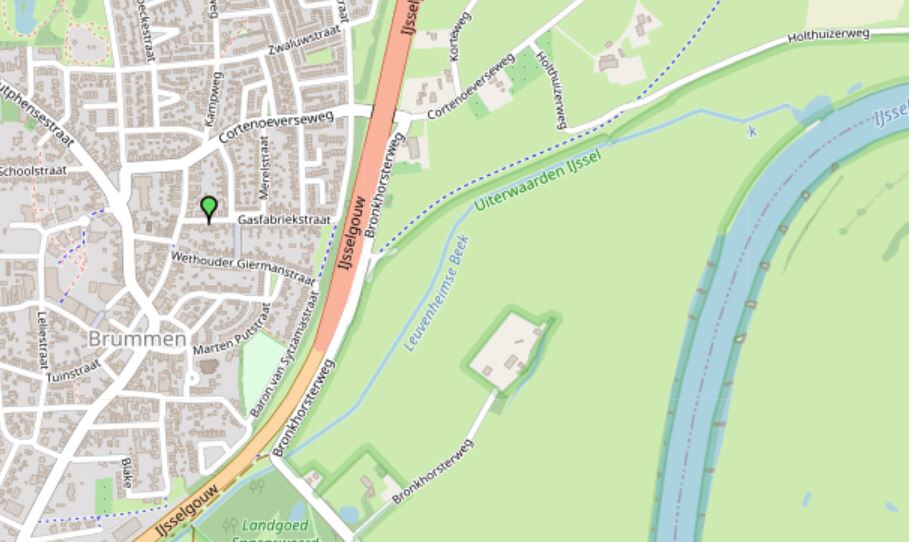
As a yarn artist, my senses are always active and my brain is full of imaginings. The river and its floodplains are an inexhaustible source of inspiration. With the expansive views and the ever-changing sky above the water.
Most of the photos with the yarns and the shawl for my article were taken at De Ijssel and ‘De Hank’. Formerly the local swimming pool on the river, which is now the angling club. Because of the large amount of water in the Netherlands, everyone learns to swim at a young age. In the past this happened at a ‘hank’, a loop in the river where there is no current in the water.
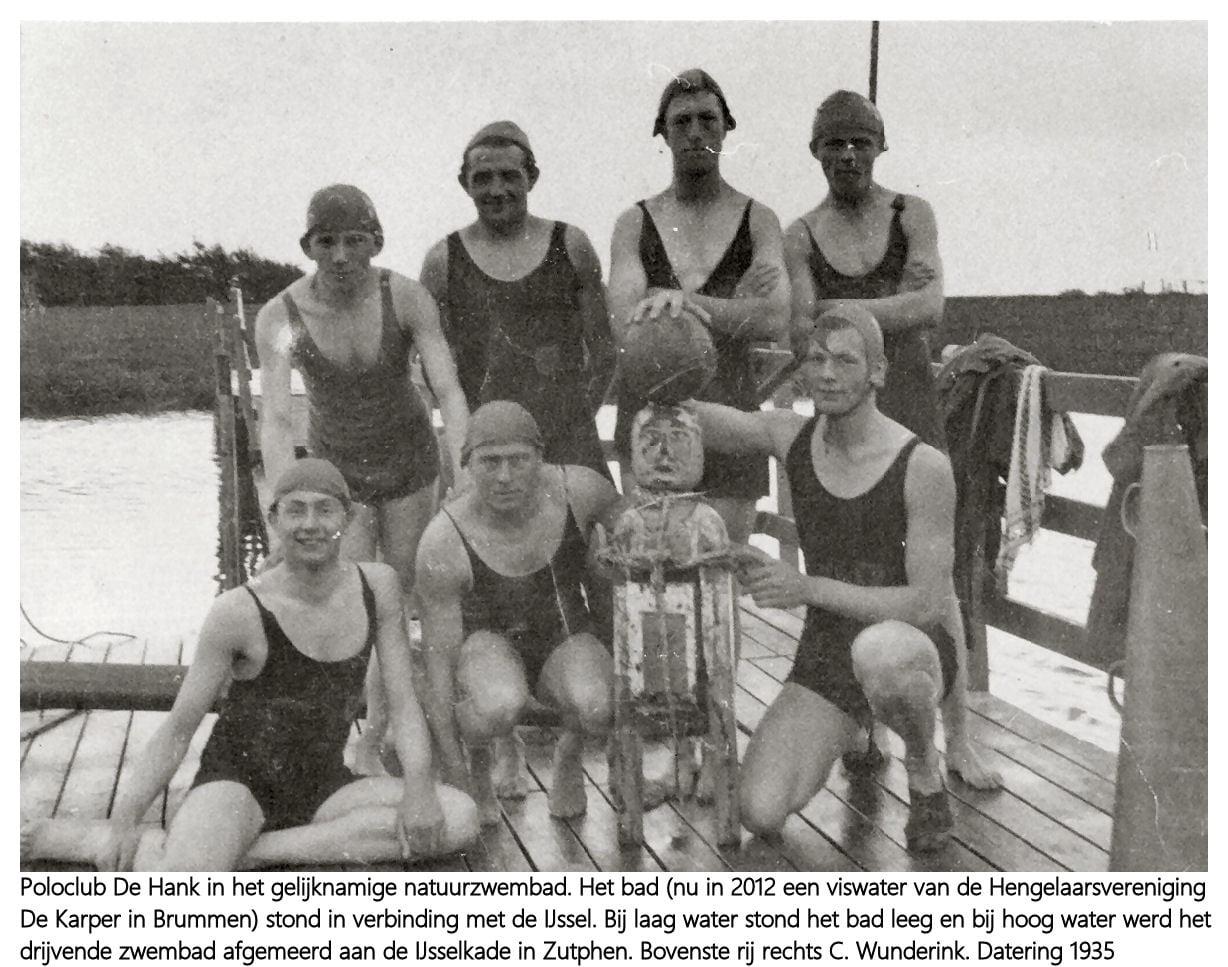
For those who remember the old lady from my previous article (Nehalennia issue 10), here’s a nice story she told me:
As a young girl this lady learned to swim in the Hank and she often swam there for pleasure. Accustomed to the different water levels, she was not deterred by a little high water. On a beautiful day in May during high tide, the changing rooms were also flooded. Nevertheless, she was making use of one of the cabins to change into her bathing suit when a huge pike swam into her cubicle.
You can imagine that that must be quite a fright for a young girl!
Nowadays, living near a river in the Netherlands is fairly risk-free. That was different in 1926 when a number of Embankment breaches were caused by the high water level in the Rhine. Including the Embankments of Brummen. The water was all around the houses. (I live in the second house on the right).
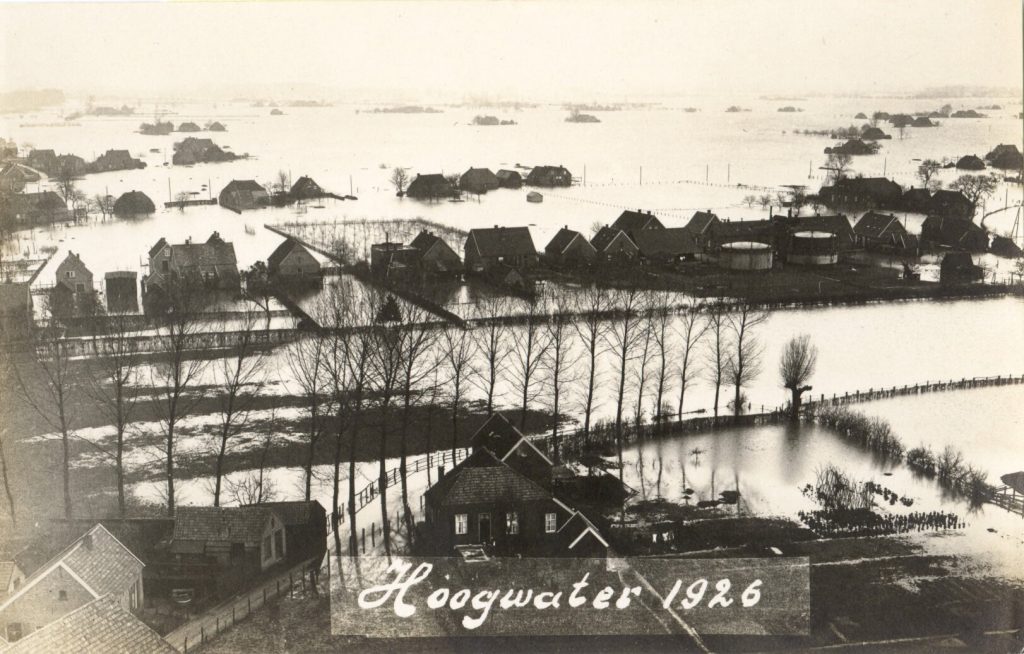
Now I have shared some of our local background, it is time to move on to the story of Hasse!
Hasse Simonsdochter
Hasse Simonsdochter grew up along the IJssel around the year 1450, in the vicinity of the Hanseatic city of Kampen. Herstory appeals to me because of her ability to solve problems and her strength. She was quite feminist for her time.
Hasse Simonsdochter, was born in a mound village in the IJssel delta (literally a village built on a mound to protect it from high water levels) as the eldest daughter of a reed cutter/basket weaver. Because Hasse was a free-spirited, cheerful child, she was believed to be a “changeling.” The story tells us that reed elves steal human children from the cradle and exchange them for an elf child. Changelings are treated badly and that is why Hasse prefers to go out with her homemade bow and arrow to roam along the IJssel. Her parents really want her to get married, but Hasse makes her own decision – she “forbids” Jan van Schaffelaar, which is to say, she saves him from the scaffold by marrying him. Together they move to Zutphen and the Veluwe, where Jan represents the interests of the Duke of Gelre as leader of a group of mercenaries.
Zutphen
Since Hasse also lived part of her life in Zutphen and this historic place is also part of my life and upbringing, I couldn’t resist taking pictures there too.
An old city wall, towers and canals, form the fortifications in Zutphen with countless other structures. Historic buildings distinguish Zutphen as a Hanseatic city. Around the Walburgis Church, which towers high above the city wall, it is not difficult to feel part of Hasse’s story, although, on the way for a photo shoot, with a dressed mannequin on your shoulder, the surprised looks of the residents of Zutphen are somewhat sobering. However, the commotion I caused certainly had a good side too. The volunteers working in the old city garden ‘De Bleek’ were, against all instructions, willing to let me inside the gates to take pictures.
City garden ‘De Bleek’ is located just outside the city wall next to the city gate ‘De Drogenap’ (built in 1444). De Bleek goes back to the beginning of the nineteenth century. At that time, the area was used as a bleaching place for white linen sheets. The sheets were laid on the grass and bleached by the sun.
Being allowed to take my photos in these beautiful gardens, normally closed to the public, on the place where Hasse lived and grew up to adulthood, was an extraordinary experience.
During her stay in Zutphen, Hasse lived and hunted all summer along the banks of the IJssel. Coincidentally, the silversmith’s workshop, where I forged the silver for the shawlpin, is opposite Zutphen on the Embankment.
This, and the knowledge that the shawl ‘Hasse’ has returned to its native soil, sold to an art lover near Kampen, give literally an extra shine to the design and making of the shawl: ‘HasseSimonsdochter’.
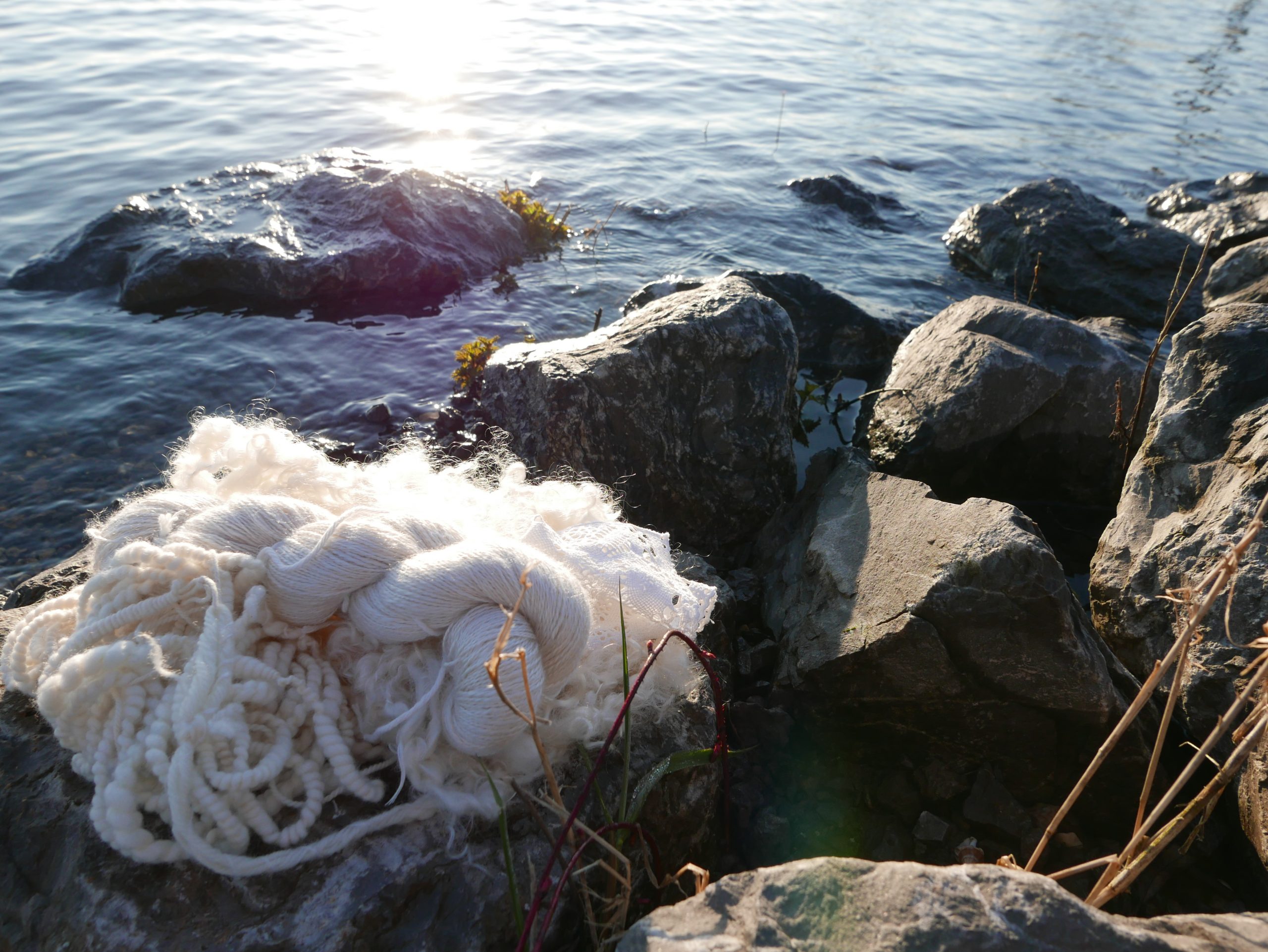
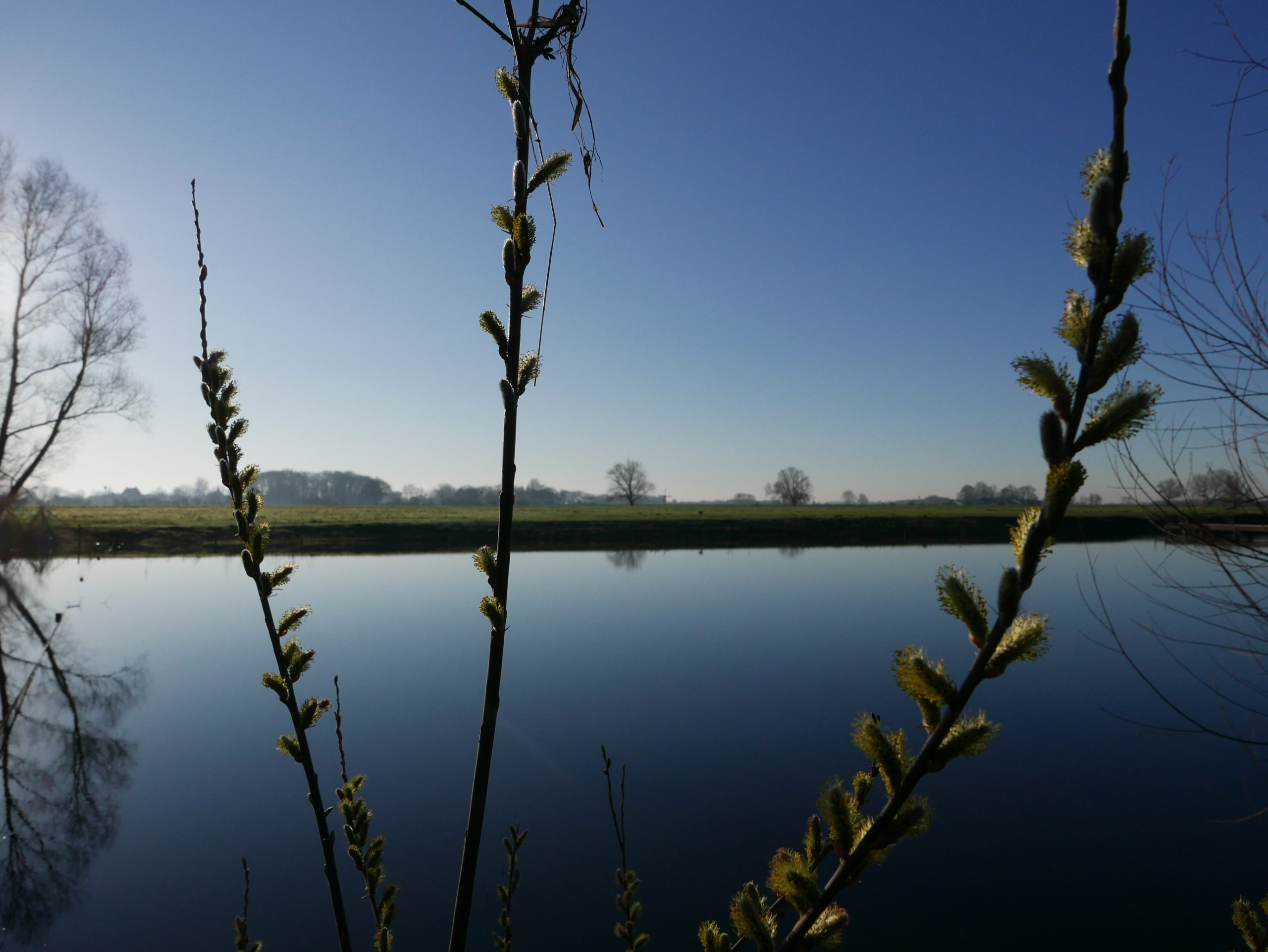
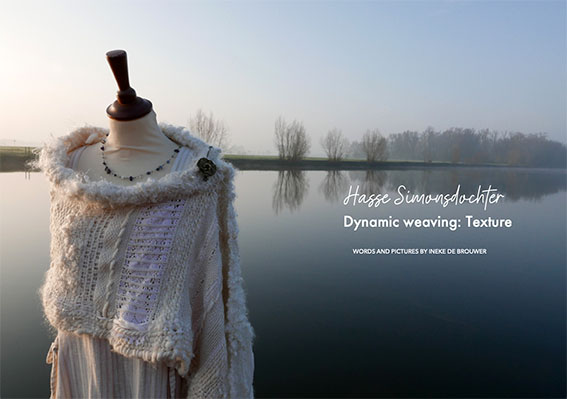
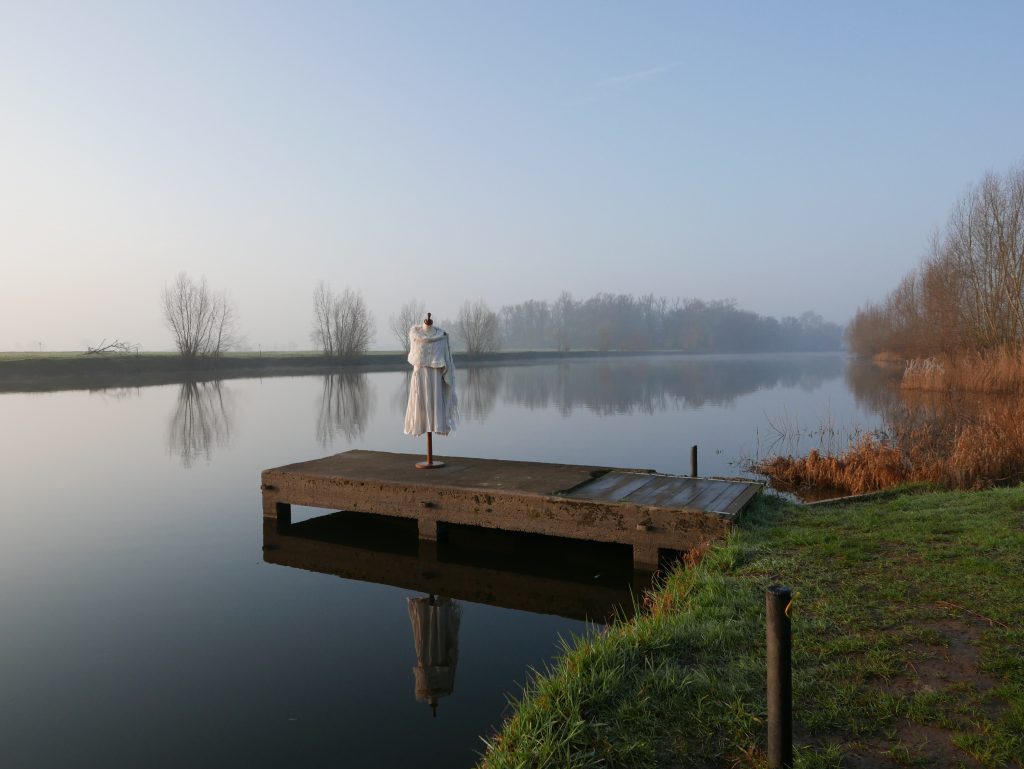
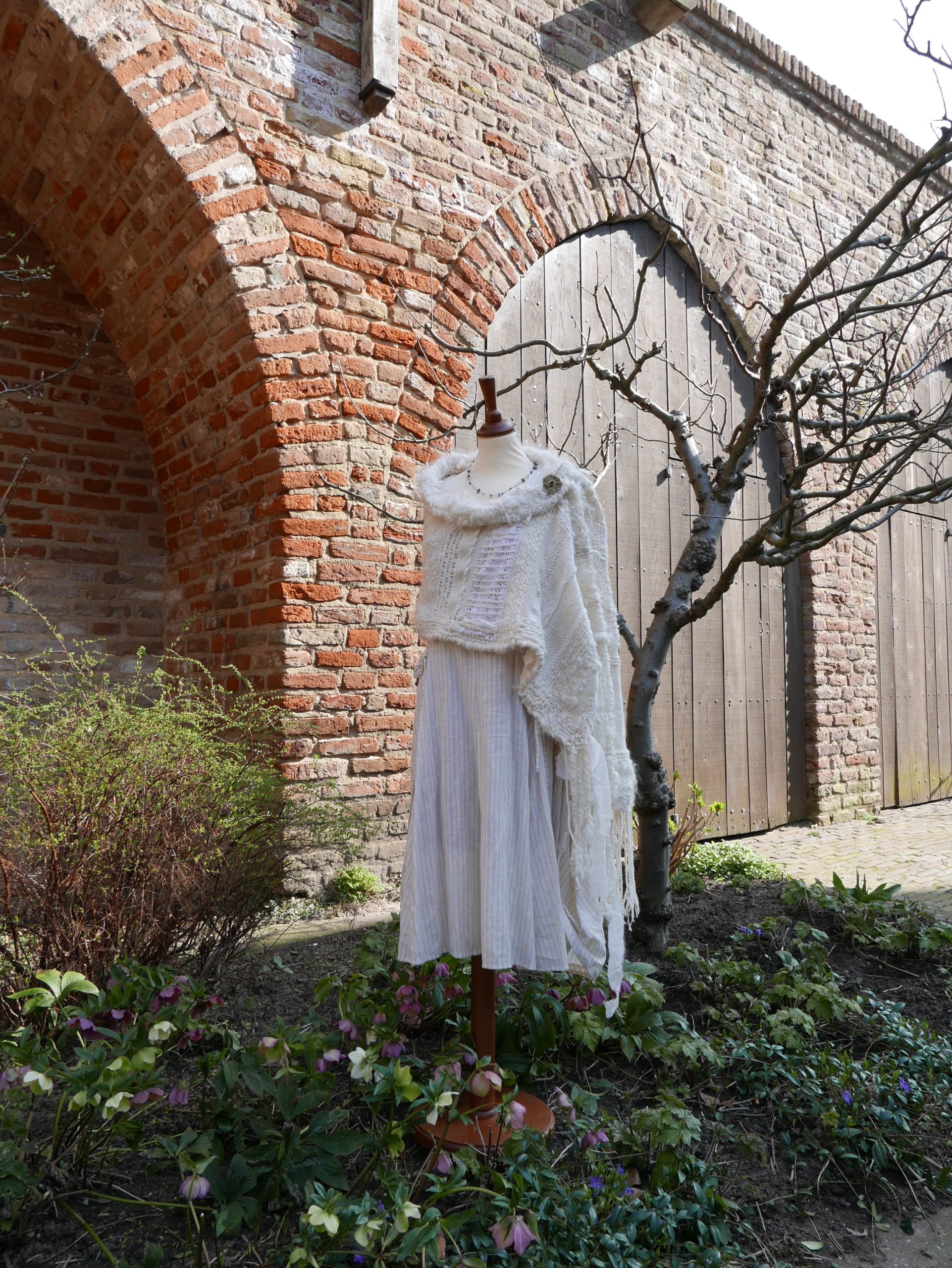
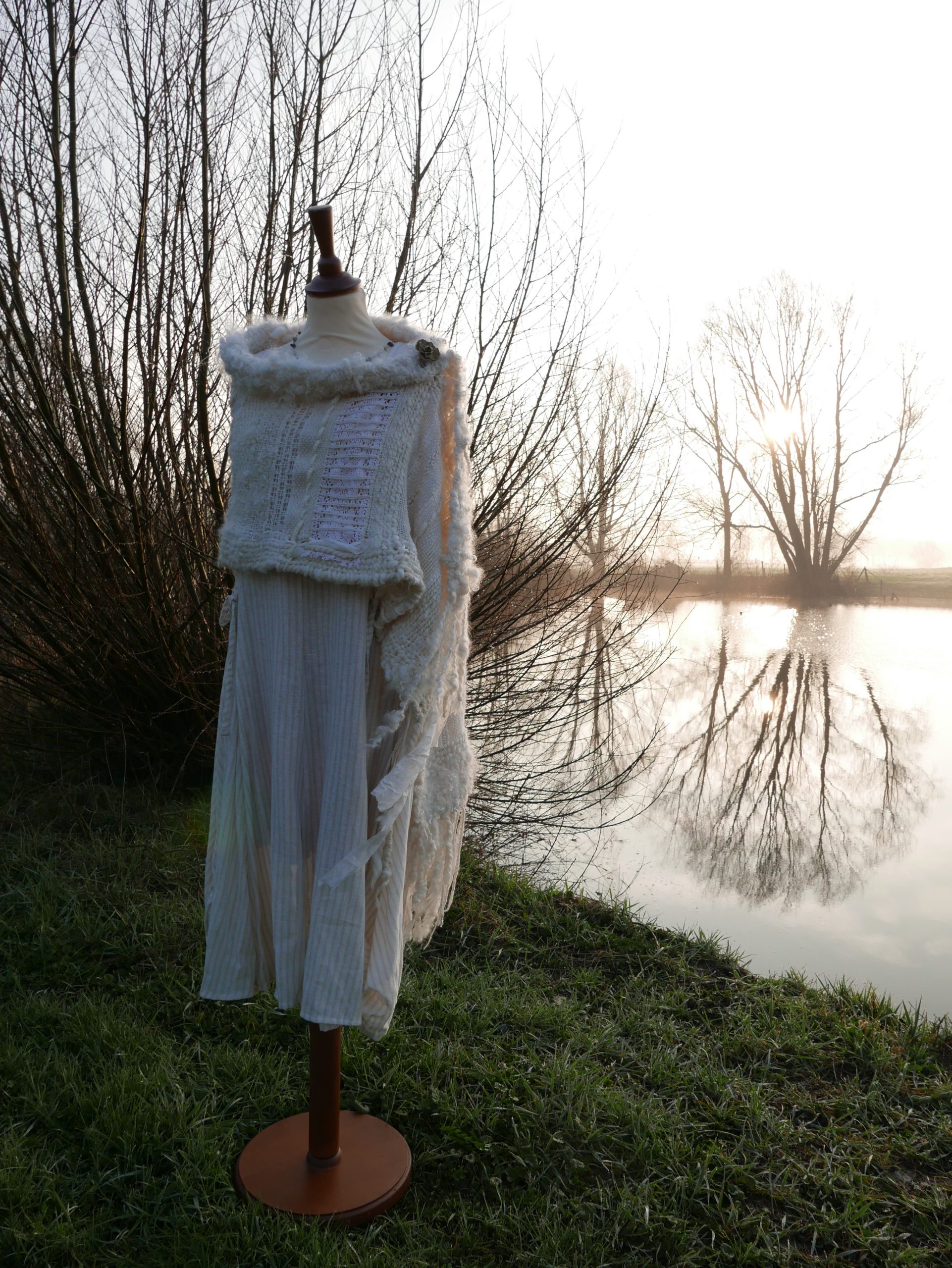
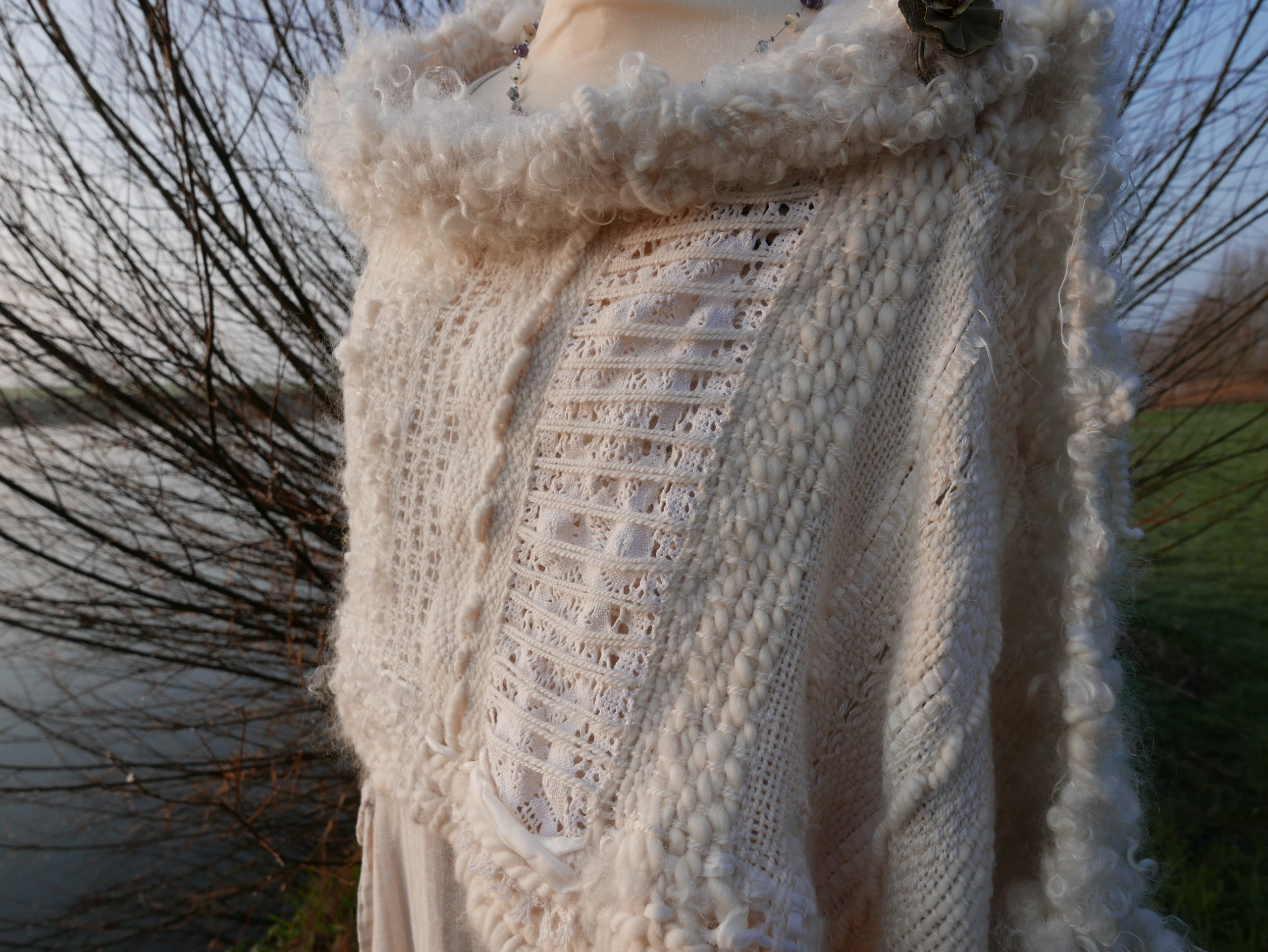
Thank you for the interesting story about Hasse, and the photos of Holland, very calm and beautiful .